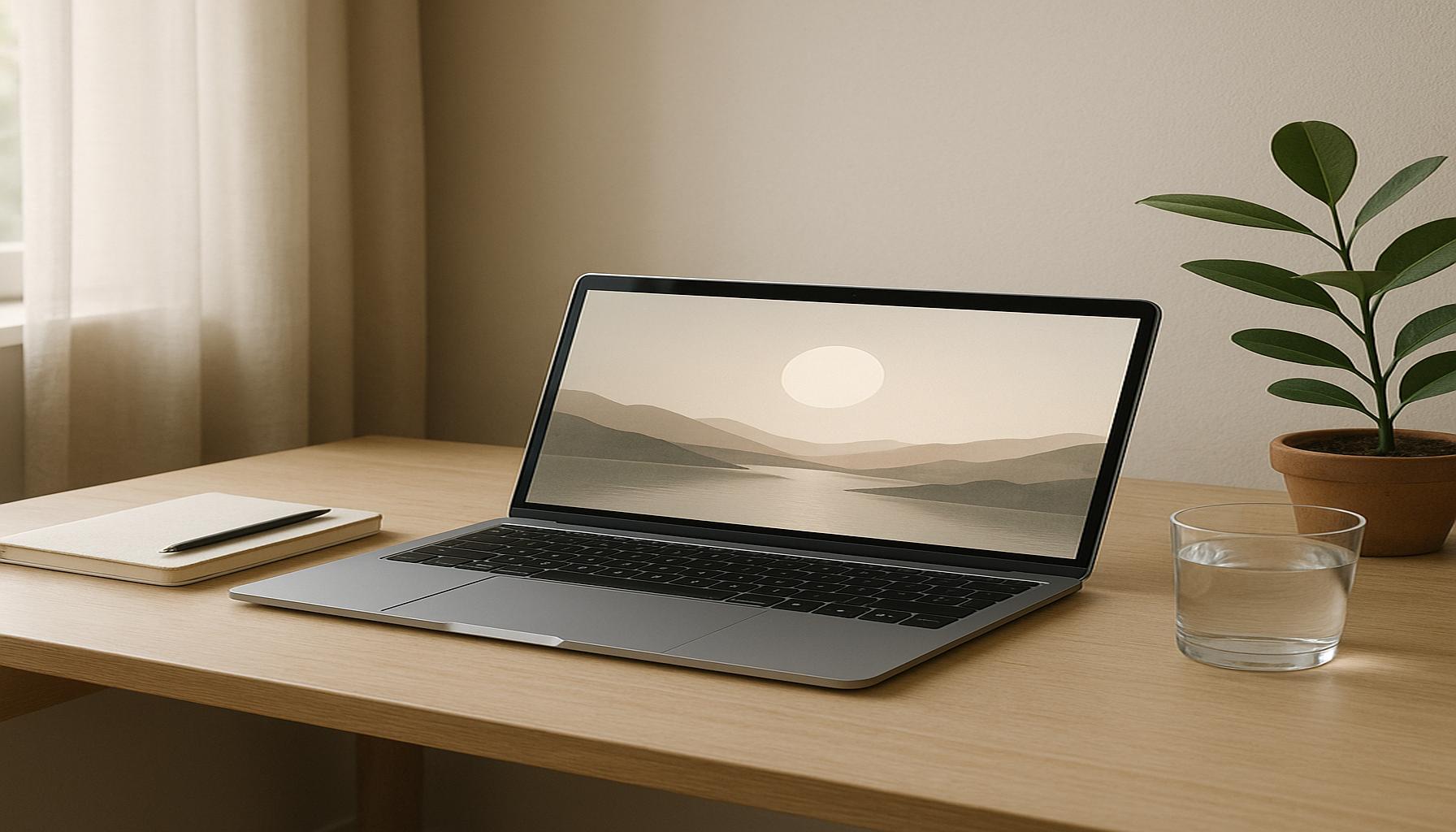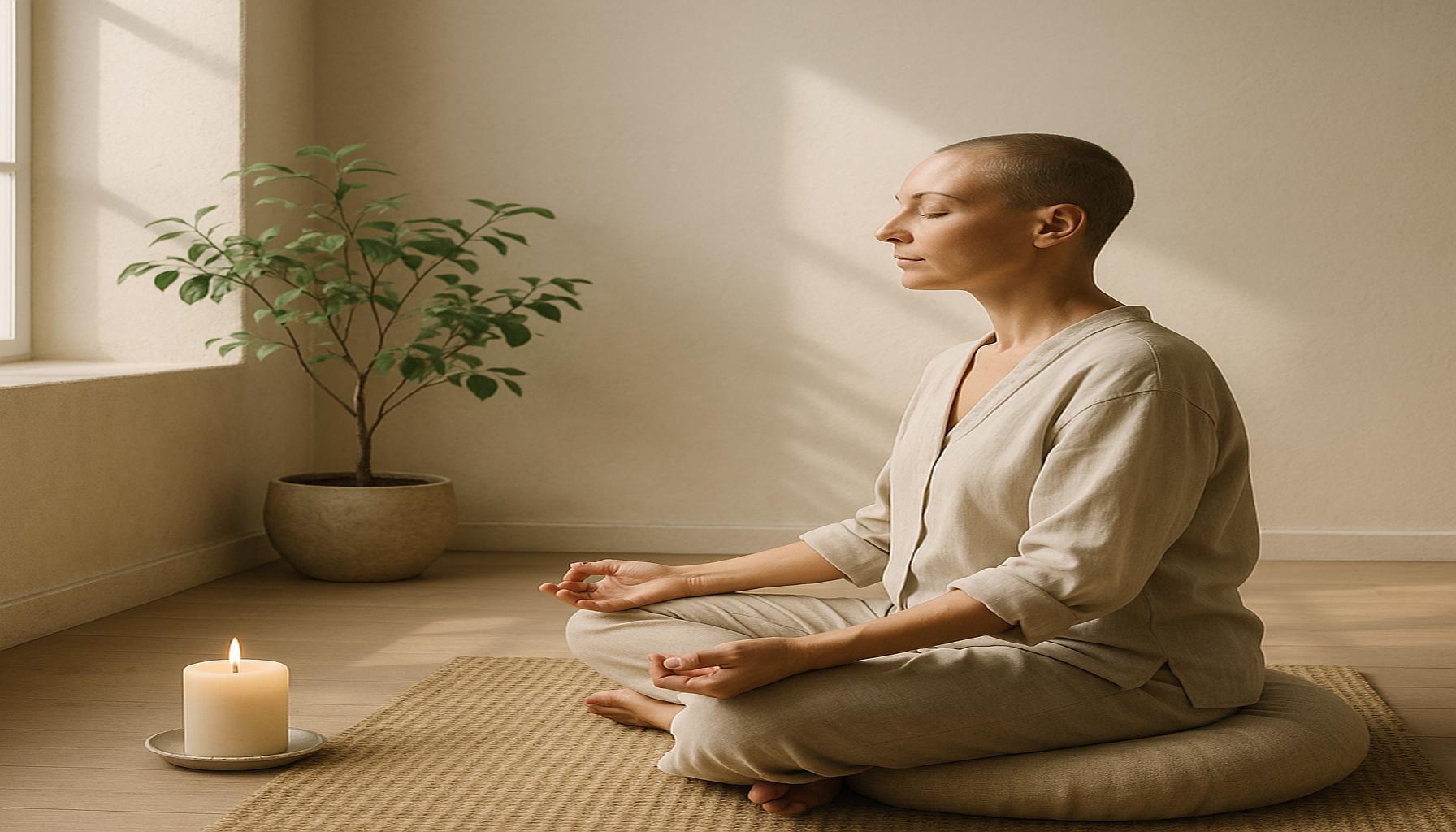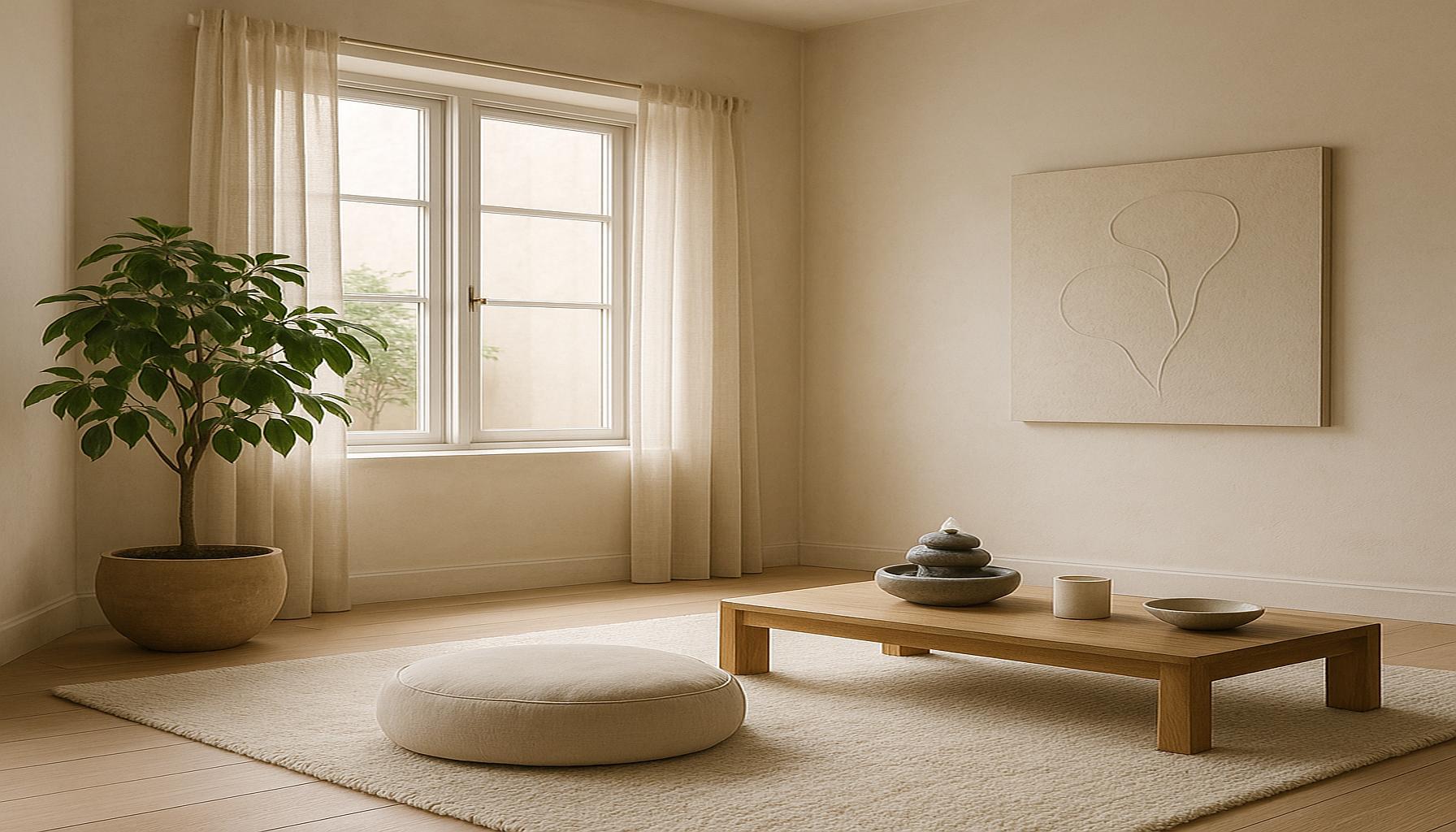Mindfulness as a Tool to Simplify and Enhance Minimalist Living
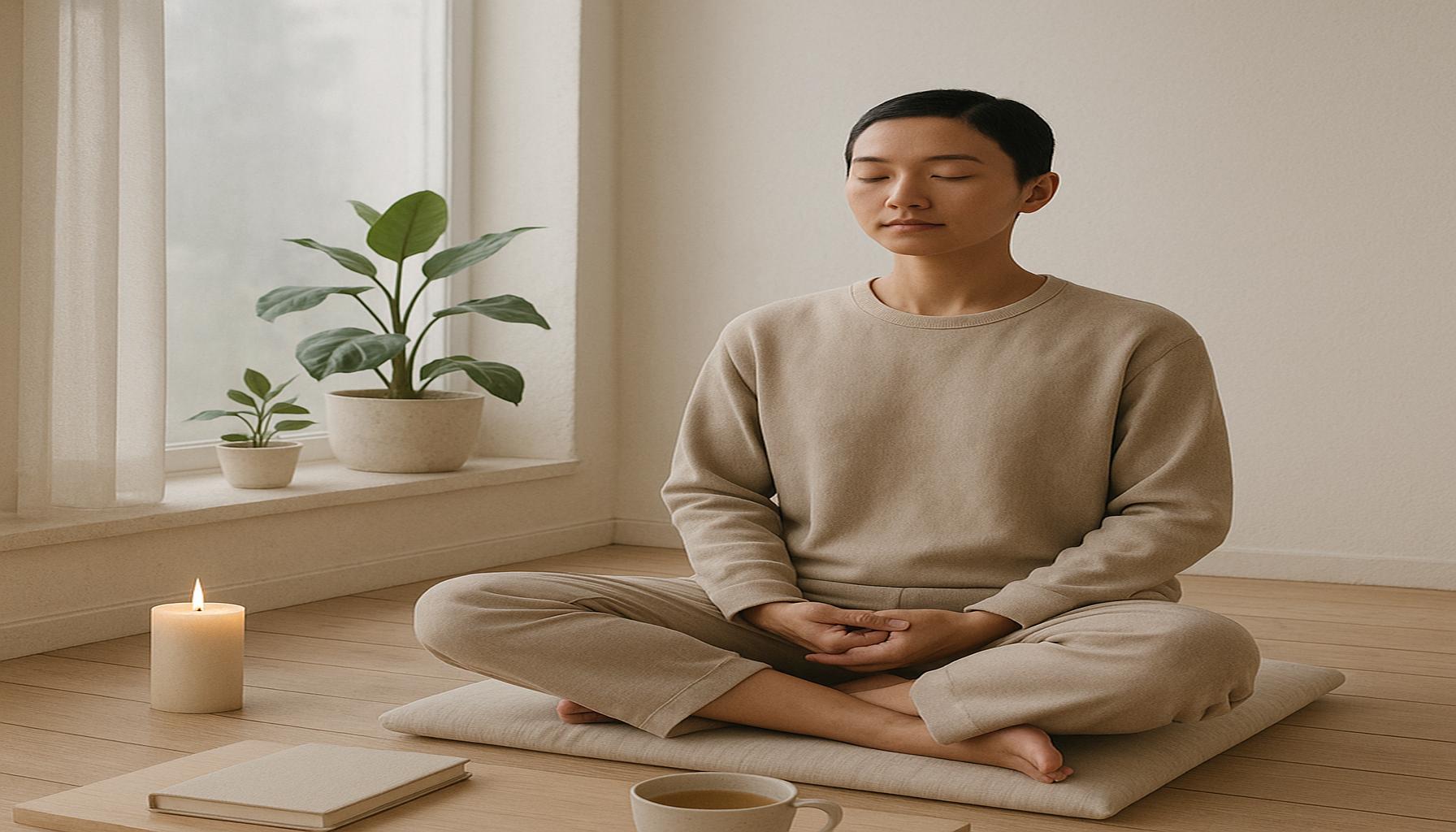
Introduction
In today’s fast-paced world, the concept of minimalism is gaining traction as individuals seek to reduce clutter, both in their physical spaces and mental landscapes. Incorporating mindfulness into this lifestyle can be a transformative approach that facilitates clarity and focus, allowing for a more intentional way of living. By fostering a present-moment awareness, mindfulness serves as an effective tool to enhance the principles of minimalism.
Understanding mindfulness can lead to:
- Decreased stress and anxiety levels.
- Improved decision-making skills regarding possessions.
- Greater appreciation for the simple things in life.
- Increased motivation to maintain a clutter-free lifestyle.
This article will explore the top 5 ways that mindfulness can simplify your approach to minimalism, providing practical insights and actionable tips. Prepare to discover how integrating mindfulness practices can lead to not just a simpler life, but a more fulfilling one.
Top 5 Mindfulness Practices to Simplify Your Minimalist Life
In today’s fast-paced world, where distractions are abundant and consumer culture often overwhelms us, many are seeking the refuge of minimalism. This lifestyle choice emphasizes simplicity, focusing on what truly adds value to one’s life while shedding the unnecessary. By integrating mindfulness, the practice of being present and fully engaged with the moment, individuals can further enrich their minimalist journey. Mindfulness not only helps in decluttering our physical spaces but also our mental landscapes. Here, we explore the top five mindfulness practices that can be embraced to cultivate a serene and minimalist lifestyle.
5. Decluttering with Purpose
Decluttering is a foundational principle of minimalism and doing it mindfully can add deep personal insight into the process. When you practice mindfulness during decluttering, you heighten your awareness of your possessions and make conscious decisions about what you own.
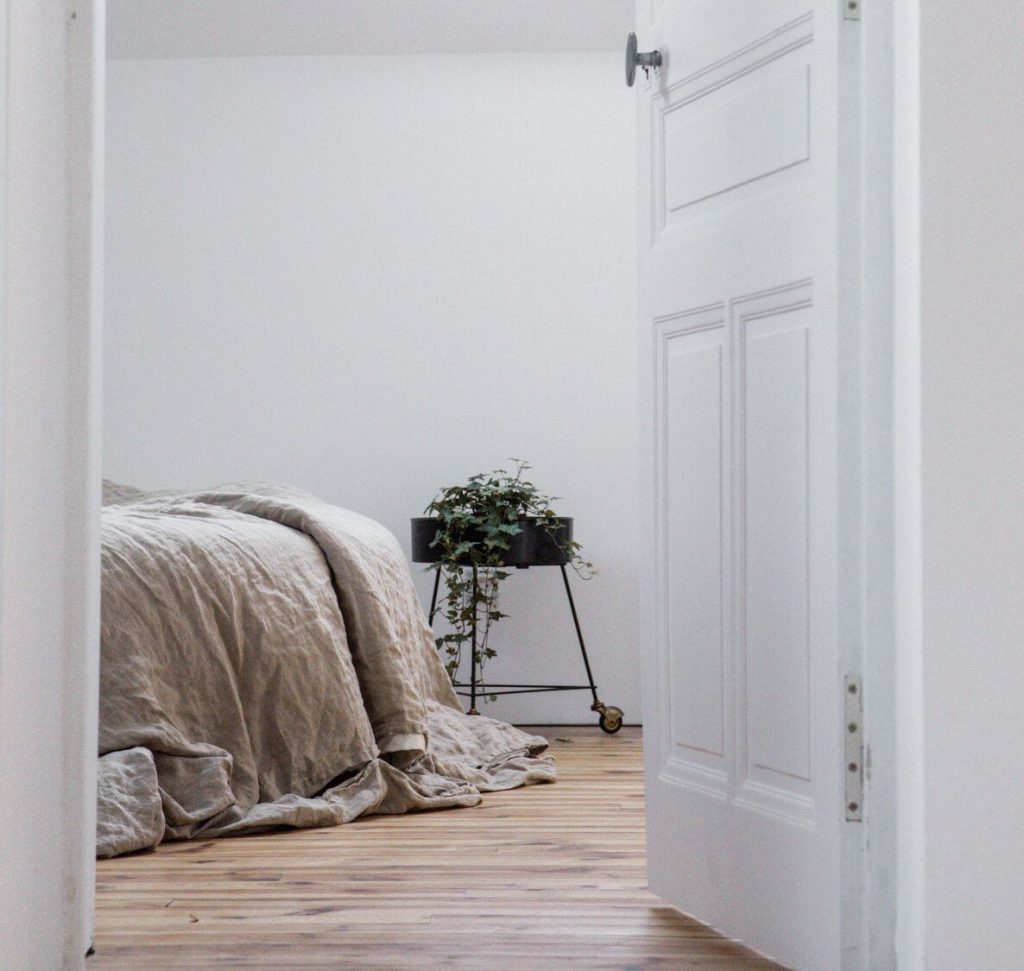
Here is a step-by-step guide to mindful decluttering:
- Set your intention: Clearly define your purposes for decluttering, whether it is to create more space or reduce stress from clutter.
- Focus on one area: Avoid feeling overwhelmed by concentrating on one space at a time. Whether it’s a room or a single closet, breaking it down makes it manageable.
- Examine each item: With each object, pause and consider: Does this item bring joy to my life? Does it serve a functional purpose? This is inspired by Marie Kondo’s renowned decluttering philosophy.
- Let go gracefully: Understand that releasing items is not a loss; it’s an opportunity to make space for what you value most.
This mindful approach transforms decluttering from a burden to an opportunity for reflection and self-discovery. Engaging thoughtfully with your possessions promotes a sustainable and satisfying minimalist environment.
4. Mindful Consumption
Minimalism extends beyond the act of decluttering; it also involves being cautious about what we bring into our lives. Mindful consumption encourages a deliberate and thoughtful approach to purchasing, preventing unnecessary accumulation of items.
Consider these questions before making purchases:
- Do I really need this? Evaluate whether the item is essential for your life.
- How will this add value to my life? Assess whether the purchase aligns with your priorities or supports your well-being.
- Am I purchasing out of habit or genuine desire? Reflect on your motivations to ensure they’re not simply impulsive or fleeting.
As you practice mindful consumption, you might notice a shift in your shopping habits. Not only does it align with minimalist principles, but it can also lead to increased financial savings and a sense of satisfaction, knowing that each possession serves a purpose.
3. Gratitude Journaling
Gratitude journaling is a powerful tool in cultivating mindfulness and enhancing minimalist living. By consciously reflecting on the elements in your life for which you are thankful, you naturally focus on abundance rather than minor deficiencies.
Here’s how you can cultivate this practice:
- Dedicate time: Choose a consistent time each day to sit down and write.
- Write it down: Start by listing at least three things you are grateful for. These can range from the warmth of the sun to a meaningful conversation you had.
- Reflect: Periodically, read through your journal entries. This practice can bolster feelings of appreciation and remind you of the positives in your life.
Regular gratitude journaling nurtures a mindset focused on the present, helping you to savor and value your current belongings and life experiences, leading to increased contentment with a minimalist approach.
2. Meditation for Clarity
Meditation is perhaps one of the most impactful mindfulness practices for those pursuing minimalism. It aids in clearing mental clutter, thereby cultivating a sense of inner peace and focus that is indispensable in navigating a minimalist path.
To start integrating meditation into your life:
- Start small: Begin with short sessions, around five minutes daily, and incrementally increase the time.
- Focus on your breath: Use your breath as an anchor to keep your attention aligned and grounded.
- Practice mindfulness during meditation: Observe your thoughts like clouds passing by, without attaching to them.
As meditation becomes a regular part of your routine, the clarity and peace it cultivates can extend beyond your sessions. It helps you make mindful decisions about your possessions and lifestyle choices, reinforcing minimalist habits.
1. Living in the Present Moment
One of the core tenets of mindfulness is being fully present, a practice that complements minimalism beautifully. By focusing on the present moment, you can lessen the burden of past regrets and future anxieties, aligning yourself more closely with what truly matters to you.
To embody the practice of living in the present:
- Engage with your environment: Notice the details of your surroundings without judgment, paying attention to sights, sounds, and sensations.
- Savor everyday moments: Enjoy the simplicity of a meal, the feeling of sunshine, or the pleasure of a quiet evening.
- Re-evaluate priorities: By living in the now, prioritize actions and possessions that bring meaning and joy into your life.
Cultivating a habit of living in the present fosters a strong alignment with minimalist principles, reducing mental clutter and allowing a clearer focus on the essentials.
Incorporating these mindfulness practices into your minimalist lifestyle helps to create a sustainable and rewarding path. Not only do they simplify your external surroundings, but they cultivate internal peace, crafting a life that aligns with your true values and aspirations. Remember, minimalism is not about having less but appreciating more of what is truly valuable.
| Category | Key Features | Advantages | Disadvantages | Ideal Beneficiaries |
|---|---|---|---|---|
| Awareness and Presence | Cultivating a state of awareness in daily actions | Enhances focus and decreases distractions, leading to a more fulfilling experience | May require time and practice to achieve profound awareness | Individuals seeking to deepen their engagement with daily life |
| Mental Clarity | Promotes clearer thought processes and reduced mental clutter | Facilitates better decision-making by reducing overwhelm and stress | Initial confusion during practice may occur before achieving clarity | Those who often find themselves indecisive or easily distracted |
| Emotional Regulation | Involves observing thoughts and feelings without judgment | Improves emotional stability and resilience against stressors | Some emotions may be challenging to process initially | Anyone struggling with emotional dysregulation or anxiety |
| Simplifying Life Choices | Encourages minimalist choices aligned with values and needs | Reduces decision fatigue by prioritizing what truly matters | May require challenging previous lifestyle habits | Individuals pursuing a more intentional and minimalist lifestyle |
Frequently Asked Questions about Mindfulness and Minimalist Living
What is the connection between mindfulness and minimalist living?
Mindfulness is about being fully aware and present in the current moment, while minimalism is a lifestyle that emphasizes living with less. When combined, these principles can help individuals cultivate a deeper appreciation for what they own and simplify their lives by focusing on what truly matters. Practicing mindfulness encourages a deliberate approach to life decisions, which aligns seamlessly with the minimalist ethos of reducing unnecessary clutter.
How can practicing mindfulness aid in decluttering physical spaces?
Mindfulness sharpens our awareness of our surroundings, helping us evaluate the purpose and emotional significance of our possessions. By adopting a mindful approach, individuals can more effectively assess which items bring genuine joy and utility, as opposed to those kept out of habit or obligation. This heightened awareness guides the decluttering process, making it easier to let go of things and maintain a more organized, serene environment.
Can mindfulness practices help reduce mental clutter as well?
Yes, mindfulness is an effective tool for managing mental clutter. Regular practice focuses on promoting a calm and clear state of mind, which aids in reducing stress and anxiety. Techniques such as meditation and deep breathing are known to enhance focus and concentration, ultimately reducing the internal noise. By incorporating mindfulness into daily routines, individuals can create mental space for better emotional regulation and cognitive clarity.
Are there specific mindfulness exercises suitable for beginners?
Absolutely, mindfulness is accessible to everyone, and beginners can start with simple exercises. One effective technique is mindful breathing, which involves focusing on the breath’s natural rhythm to anchor the mind in the present moment. Body scan meditation is another useful exercise that involves paying attention to physical sensations in different parts of the body. Practicing these can lay a strong foundation for incorporating mindfulness into a minimalist lifestyle.
How does mindfulness influence purchasing decisions in a minimalist lifestyle?
Practicing mindfulness before making purchases allows individuals to pause and consider their motivations for wanting an item. This introspective pause helps in discerning needs from wants, ultimately leading to more intentional and meaningful acquisitions. Over time, incorporating mindfulness in shopping habits significantly contributes to maintaining a minimalist lifestyle, as it reduces impulse buying and encourages a focus on quality over quantity.
Conclusion: Embracing Mindfulness for a Minimalist Lifestyle
In the exploration of how mindfulness serves as a potent tool for simplifying a minimalist lifestyle, we encounter a profound synergy between awareness and intention. This article underscores that the practice of mindfulness is not merely a meditation technique but a transformative approach that aligns seamlessly with the principles of minimalism. By fostering enhanced awareness of our thoughts, habits, and possessions, mindfulness enables individuals to make intentional choices that resonate with deeper values and authentic desires.
The journey through the intersection of mindfulness and minimalism revealed five essential takeaways: awareness, intentionality, stress reduction, clarity, and gratitude. Each of these elements serves a unique role in de-cluttering both the physical and mental spaces, promoting a lifestyle that is not only sustainable but also fulfilling. By cultivating awareness, we learn to recognize the unnecessary distractions that obscure our path to simplicity. Intentionality empowers us to curate our environments thoughtfully, while stress reduction comes naturally as we disconnect from the chaos of overstimulation and refocus our energies on the present moment.
Furthermore, clarity achieved through mindfulness offers a fresh perspective on what truly matters, guiding our decisions towards fewer but more meaningful possessions and experiences. Gratitude, as a cultivated practice, enriches this journey, reminding us to appreciate the simplicity and beauty of life in its purest form.
By integrating mindfulness into our daily habits, we not only enhance personal organization but also open doors to a more meaningful, intentional existence. This approach holds the potential to radically transform how we engage with the world around us, providing fertile ground for further exploration and deeper insights. As mindfulness encourages us to pause, reflect, and act with purpose, it becomes an indispensable ally in the quest for a minimalist and enriched life.
